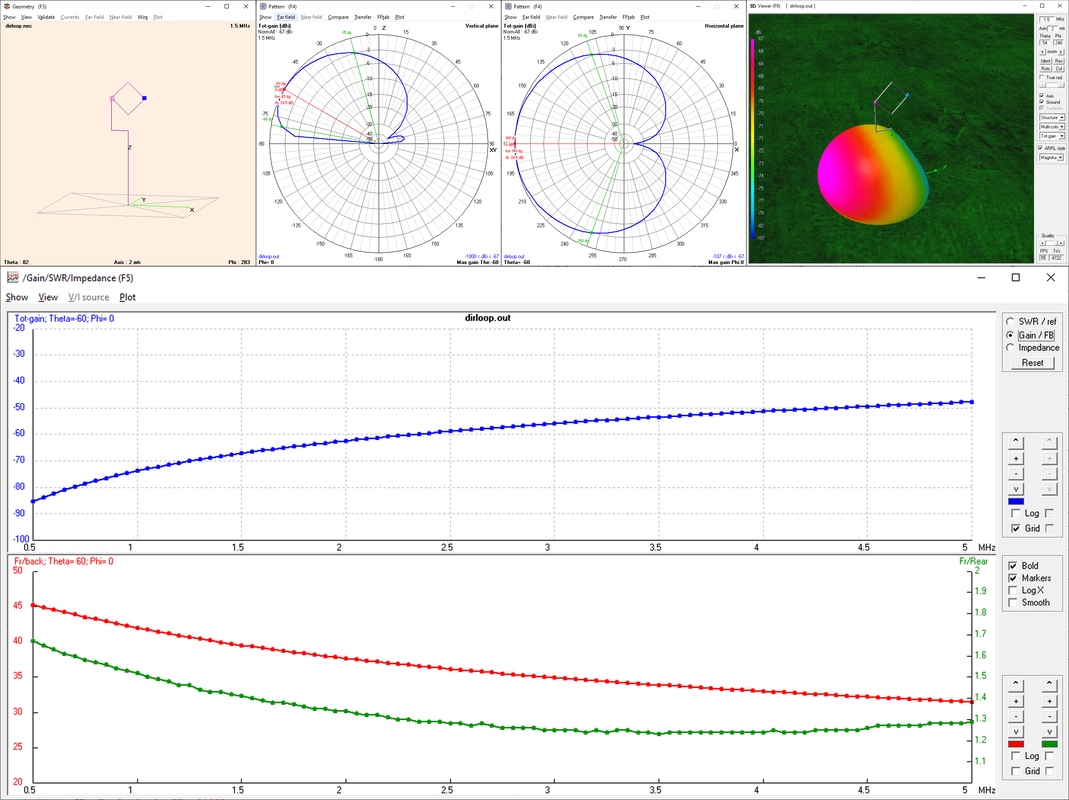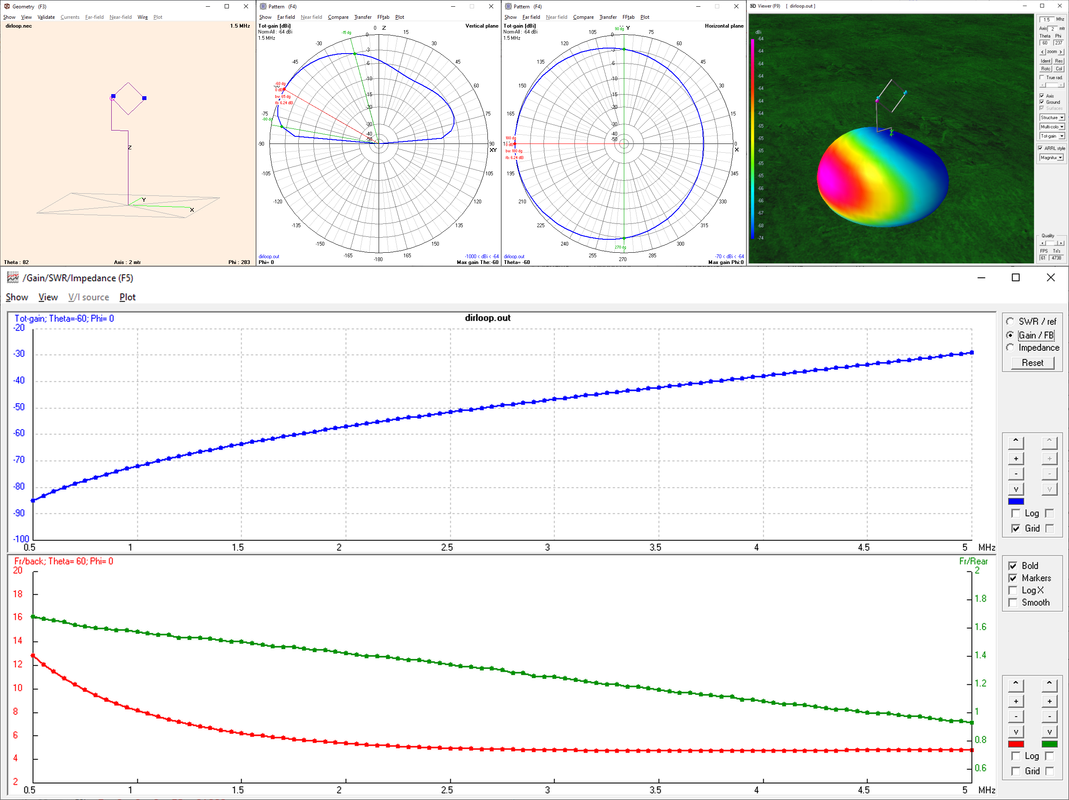Results:
Besides hoping for the SDL being useful for me personally, even in the ideal environment at "the dike" I see it as a more than interesting alternative to the active small magnetic loops the SDL could be confused with. That's why I really wanted to verify/document/demonstrate this specifically, because the SML is certainly one of the most used receiving antennas of them all and people could just put an SDL where their SMLs live now, and hope for some noticeable improvement (to put this very careful).
Like I wrote above, I fully expected the outcome but ended up a little bit shocked about the difference at times. First off, the YouLoop with its 2 turns runs circles around and then wipes the floor with the SDL on MW. It's known to be good on MW, even in its passive form. But then again, the 2 sharp nulls of the YL often don't help that much disentangling multiple stations/countries using the same frequencies, and the SDL seems to have an edge there, at least when you sit right between the wanted and the unwanted station.
The sensitivity break-even point seems to be around 2 MHz and from 5 MHz upwards it goes downhill for the YL. AFAIK this is true for so many SMLs, some Wellbrook models are said to be better tuned for shortwave. But still, they're SMLs sharing the same properties the SDL is trying to improve upon. Here is Singapore VOLMET 6676 kHz:
Moving on up to 7 MHz, here's a Romanian station in QSO with a Japanese one on 41m:
Gander Radio on 13270 kHz. This is one of the examples I found rather shocking because Gander Radio is not anything extremely weak or distant. A likely explanation could be that far above 10 MHz it's not only the higher takeoff angle but also a plain lack of sensitivity putting the SML so far behind:
While we're at it, here's the pretty faint Tokyo VOLMET next door:
Next in line is a Japanese ham on 20m:
In lieu of too weak SSB stations that would just show a simple "on/off-effect" when switching antennas anyway, heres the FT8-spot on 15m:
I save you the 11m highbanders recorded around 27,555 kHz as you certainly got the idea by now.
As mentioned in the introduction (and also that's why I mentioned it), the condx went downhill from there -- they always do to some degree after midnight and RNZ becomes really weak after midnight but will return with a vengeance after sunrise (likely on the long path then), but not today, this morning RNZ was a faint line on the waterfall for the most part. The more surprising I found that I heard ZKAK's (New Zealand VOLMET) monotonous voice again, and not the weakest signal from that station ever:
As you can see, the improvement over the amplified YouLoop is pretty considerable, I may repeat that test with the ML-200 at some point to be absolutely sure I didn't miss anything here. For the duration of the comparison (IOW until shortly after midnoght when the stupid preamp broke) I used the SDL with collapsed mast to get it rougly as low as the YouLoop, and swept both around where necessary.
It could be questioned if the YL+LANA HF combination is really equivalent to a 400 bucks SML with a bigger loop. Alas I never tried a Wellbrook but I chose the YL+LANA because it's so lightweight and portable while performing unsurprisingly similar to my 400 bucks Bonito ML-200 with a rigid 80cm loop. However, there's a broad agreement that SMLs all perform very similar. Even if I mentally interpolate an SML with noticeably better sensitivity on shortwave, there would still be the issue with the comparatively low level from signals with a low angle of incidence and therefore lower SNR.
Soooo....does that all look good to you?
Edit: Added JIA video

